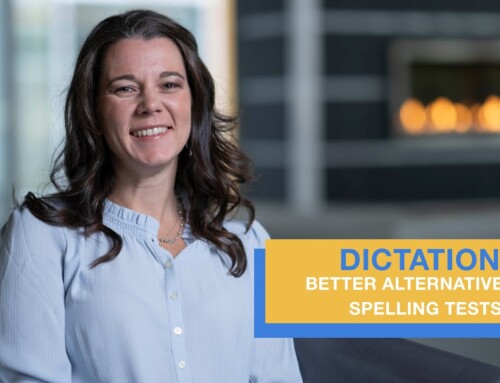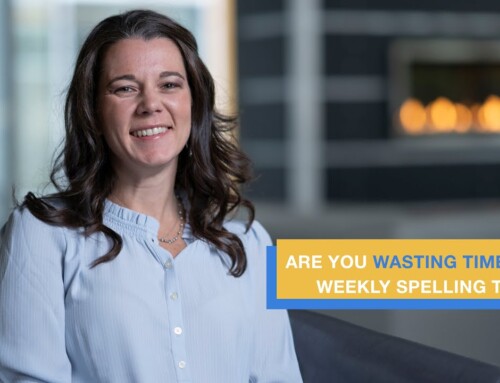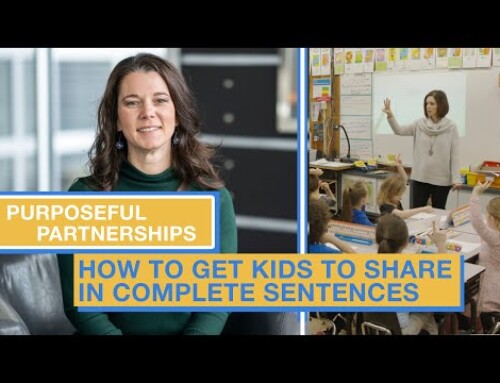Here we are, again talking about establishing those purposeful partners that really allow for cooperative learning to happen in your classroom. The first really important piece that you need to do in order to get purposeful partners happening in your classroom is to make strategic parings.
You can have strategic pairings for math, for reading, for writing, for all of those other content areas, but it’s important that as a teacher, you’ve planned ahead for who is going to partner together in your classroom. One way to do that is to take all of your students and rank them so let’s say you have 26 students in your classroom.
You would start by looking at who was first and put their name down the list, who was second put their name, third, their name and then once you have that list generated from one to 26, you’re going to take student number one and pair them across with student number 14. Then student two goes with 15, student three goes with 16. So you end up having these very strategic partners in place.
Once you’ve done that, you look at the list and say, are these kids going to good matches for each other. Am I going to have one student in this pairing that is going to overly dominate the conversation and therefore you might be doing a couple of changes. Another thing that you need to do after that list is created is then shared with the students, who their partners so that they know every time we’re doing this activity, this is your partner is. So this really increases the efficiency in your classroom, students know what the partner is they automatically get to it and everybody’s in business.
Another part to remember about these purposeful partnerships is ensuring that a partner is designated either as A or B or partner one or partner two, or you can name them however you want to in your classroom so in a classroom one time I saw teachers who named out one partner fur and one partner feathers because they were studying animals. So you can name the partners whenever you want. But it’s most important to ensure that in that partnership, you know who the partners are, and then we know who was going to be partner A and who is going to be partner B.
From that, as a teacher, you can strategically help increase the level of conversation with your kids. Remember, in the first video, we talked about one partner overly dominated the conversation, while the teacher when you say partner A talks first, or partner two talks first or feathers talk first today, then you can ensure that both students are able to really have equity in that conversation.
When kids have equity, you’re increasing the level of productive talk in the classroom, which allows for that achievement to be raised. When students feel comfortable talking in the classroom. It really allows for relationship building to happen and we know that when kids aren’t comfortable sharing their thinking with somebody, it really hinders their opportunity to be able to learn and grow. So by establishing purposeful partners, you can make sure that all kid’s thoughts are validated and appreciated and heard. It just allows for those relationships to be stronger in your classroom.
If you liked this video, please hit the like button and make sure you subscribe to our channel so you can get tips and strategies on the next pitfall of
“think, pair, share” by building purposeful partners with good conversational habits.





